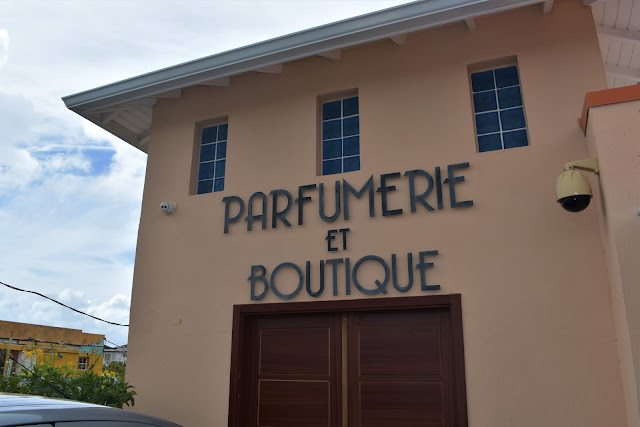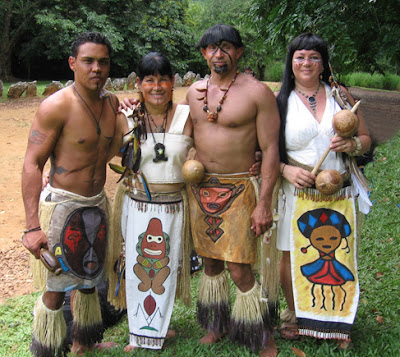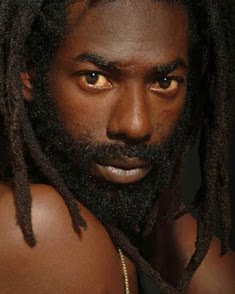Bahia Bounty

I've never been a fan of shopping as a travel activity. Generally, I'm quite allergic to shopping malls, department stores and the special hell that's called warehouse clubs. I don't experience any pleasure from wading through mounds of generic, mass produced merchandise and I despise it even more in another country. If it isn't distinctive and doesn't reflect the nuances of the culture, what's the point? You can probably buy it anywhere. Now an outdoor market, on the other hand, offers the sights and sounds of a particular country as well as the experience of bargaining and bartering. Once in the Dominican Republic, a vendor admired my husband's yellow polo shirt and he exchanged it for an ebony sculpture. Whenever I look at that sculpture, I remember the story of how we gained it.
In Bahia, the vibrant culture shines through everything, including the Mercado Modelo. From the capoeiristas chanting and kicking outside, to the smell of sea and moqueca wafting through the aisles, it was a totally Brazilian experience. The small paintings above reflect the orixas Xango and Oxum, deity of thunder and lightening and beauty and fresh water, respectively. I negotiated and haggled for 30 minutes to get them, they not only represent the importance of the candomble religion in Brazilian culture but also my perseverance!

I really like Oxum and her fly representation of femininity so when I saw this hand-painted shirt in an art gallery, I was thrilled. Then I discovered they didn't take credit cards and left disappointed, only to discover that Claudia, my candomble historian, surprised me with it at the end of my trip. I think of Bahia and Claudia whenever I wear it.

As you've probably noticed, candomble and its orixas play a significant role in Brazilian culture. References of this African based, syncretic religion pop up everywhere,from music to clothing. Brought from Africa over 350 years ago, forms of candomble have sprouted all over the African Diaspora. Ancient Yoruba deities were melded with catholic saints so that uprooted Africans could continue their spiritual practices in the face of persecution. The deities or orixas, all have corresponding saints, colors and days of the week. In candomble, Saint Joan of Arc becomes Oba, the fearless fighter, Saint Lazarus is Omulu, deity of healing and Saint Michael is Logun, deity of polarity.
Everywhere I went in Brazil, in restaurants, airports, shops and bookstores, I observed elements of candomble. T-shirts with images of all the orixas sell in boutiques and corner stores. Restaurants, key chains and bronze statues of Imenja, the mermaid deity of the ocean, appear wherever there is a body of water. Even the all-important soccer teams have their own orixas. Despite candomble being outlawed for much of the 20th century, the religion remains a visible part of Brazilian culture. I bought this t-shirt showcasing the 12 main orixas for my husband and I think of how entrenched they are in Brazilian culture every time he wears it.

These doll magnets represent Iansa, deity of the wind in pink and Nana, deity of swamps and unfathomable wisdom in purple. I snapped them up at Mercado Modelo where these cute magnets and key chains were piled into every stall. They both overlook my kitchen, peering out from my refrigerator, overshadowing all the other magnets.

I collect crystals and stones and I was immediately drawn to the vivid rose hue of this pink quartz. Brazil boasts lots of mines so precious and semi-precious stones sparkle everywhere. I bargained for this quartz at the mercado and now it sits on my desk, reminding me of Brazil's natural beauty. How do you feel about shopping while traveling and what kinds of souvenirs do you look for?



Comments
In general though, I don't really like trinkets but housewares, handmade jewelry, and textiles that are unique to a region or hail from a particular locale. Sometimes they are things I can get at home, but sometimes not.
Florence: leather and stationary. Lago di Garda region: linen tablecloths and ceramics. People still complement these things and are always disappointed that they can't get their hands on them when I say, I got them in Italy.
That's the second reason why I liked your post. Oxum (Oshun or Ochun for us in Cuba) and Xango (Shango or Chango) are two of my favourite orishas. I love teaching their dances and performing Shango.
And the third reason? Your opening paragraph. You spoke my mind but much more eloquently than I could have put it. Like you, I CANNOT bear malls, or shopping centres. Give me an outdoor market, give me some authentic fair and you have a happy Cuban.
Beautiful and witty post. I can't wait for more updates of your Brazilian travels.
Greetings from London.
Rachel, What kind of painting did you get ? I find Chinese art fascinating and have a few pieces.
Cubano, I knew that Shango was your favorite. He is one of Brazil's most popular male orixas and appears everywhere. Candomble is different from Santeria and Ifa so I was confused by a lot but I did witness some ritual dances. You would love Bahia, I imagine that it is very similar to Cuba with a corresponding history and culture. Cuban rhythms are very popular there as everywhere else and you have music and dancing everywhere.
Mary, Now that's a story I want to hear!
Wendy, thanks I'm sure you'll make it to Brazil sooner than you think. There's the Olympic photo ops you know!
Ekua, never want to make you anxious but no one can ever get enough of Bahia!
If I'm writing a book or story, obviously I have to shop for research, but I'm like you... I'm not necessarily a shopping (although I do do it well!), but if I'm drawn to a destination's shopping, I can go crazy!